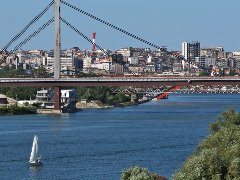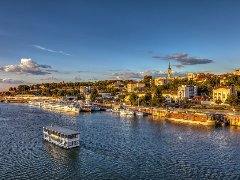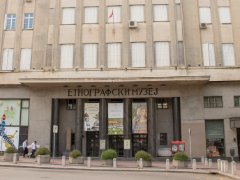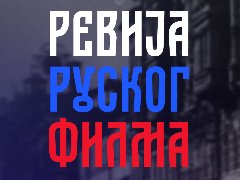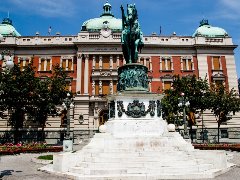
On 11th November 1918, in a railway wagon in France, The Triple Entente signed an agreement that brought peace with Germany and thus ended the World War I. In Serbia, since 2012, this date is a non-working day and is marked as a national holiday.
The truce followed the negotiations with Germany that lasted for several months. It is believed that by this act, Germany was defeated. The document, largely written by the Allied Supreme Commander, Marshal Ferdinand Foch, included the cessation of hostilities, the withdrawal of German forces, the end of war operations, the exchange of prisoners and the total destruction of German war equipment and weapons. Since the day of the Armistice, it took six more months for the World War I to end, which was achieved by signing a new document - the Treaty of Versailles.
Serbia suffered immense loss in the World War I. It lost 28% of the population, specifically 1,247,435 people. Unfortunately, the numbers indicate that Serbia is the state with the highest number of human casualties. For fifty months, the duration of the war, ten million people died in the world, and twenty million were wounded.
The symbol of this holiday is the flower Natalie's ramonda and the famous Albanian Retreat medal. Dr. Sava Petrovic, personal doctor of the King Milan Obrenovic, discovered this flower in 1884 near Nis. It is specific because of the fact that when it is completely dried, it can revive after watering. It is on the list of rare, threatened and endemic plants of Europe, and it is strictly protected species in Serbia. The flower was named after the wife of King Milan, Natalija. The emblem with the symbol is worn a week before and on the day of the holiday.
The Serbian Orthodox Church will ring the bells at the St. Sava Temple on Sunday, 11th November at 12:30, and mark the Day of the Armistice. During the day, events will be organized with the highest statesmen to pay tribute to the victims of the World War I.





